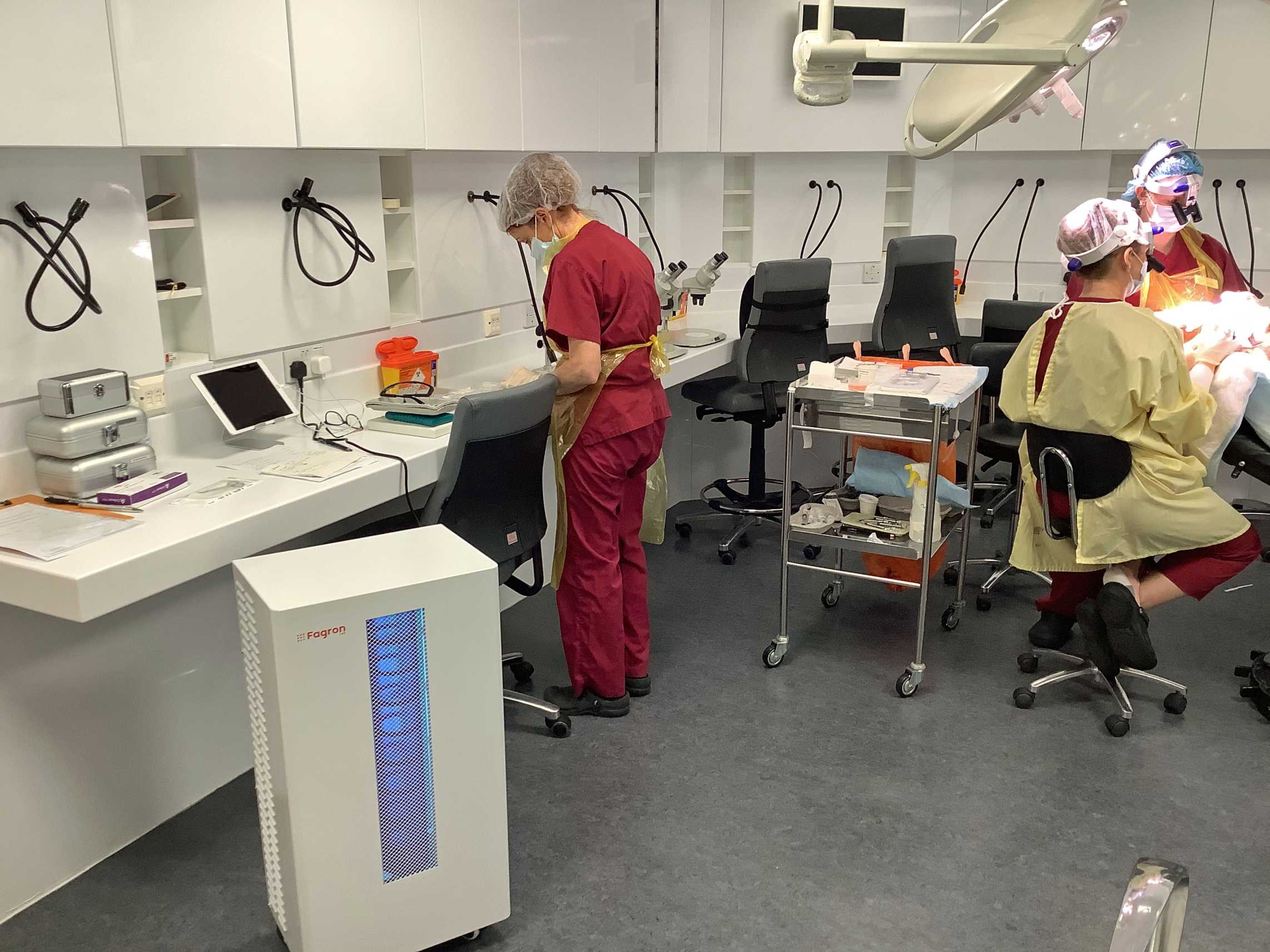Why do Greys Grow?
10th August 2015
Most of us spend our adulthood anxiously awaiting their arrival, with many people finding their first much earlier than they’d hoped.
Although grey is very much a hair colour of the moment in some ‘hipster’ circles, many men and women spend hours, as well as hundreds or even thousands of pounds, trying to conceal it. But, why does our hair go grey in the first place?
Pigments known as melanin – which are also responsible for the colouring of the skin and eyes – develop in our hair follicles to produce an array of different colours, so they’re what you can thank for your lovely brown, blonde or red locks. For this hair colour to be determind, two different types of melanins – eumelanins and pheomelanins – need to be present.
Human hair growth is cyclical and each follicle goes through three main stages. The first, known as the anagen phase, lasts for around three to five years and sees the hair grow at around half an inch a month. After this the hair enters the catagen phase, a short transitional period that lasts around ten days and sees follicles stop producing pigment and hair growth halted. Finally, hair enters the telogen phase, when the hair is released and falls out. The hair follicle remains inactive for three months until the anagen phase begins again.
However, at the end of each telogen phase, some pigment-producing melanocytes (melanin-producing cells) become damaged and die. If the melanocyte stem cell reservoir at the top of the hair follicle can, it will replenish the bulb and turn pigment production back on. But, once this bank of stem cells is exhausted, hair begins to grey.
It’s said that by the age of 50, over half of the population with have lost the colour in 50 per cent of their hair – with men generally having more grey hair than women. But, there’s no evidence to suggest that this greying is linked to stress, diet or lifestyle.
Certain autoimmune diseases, such alopecia areata, target pigmented hairs, leaving greys behind and giving the impression that the hair is predominantly that colour. Other conditions, such as premature ageing syndromes, Hutchinson-Gilford progeria and Werner syndrome, damage the pigment cells and induce the growth of grey hairs. But these only account for a fraction of greying – the rest of us have our genetics to blame.


